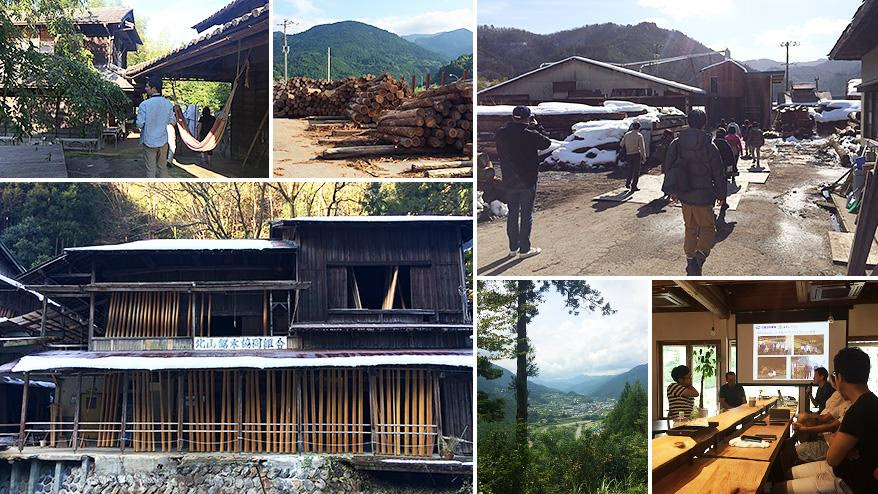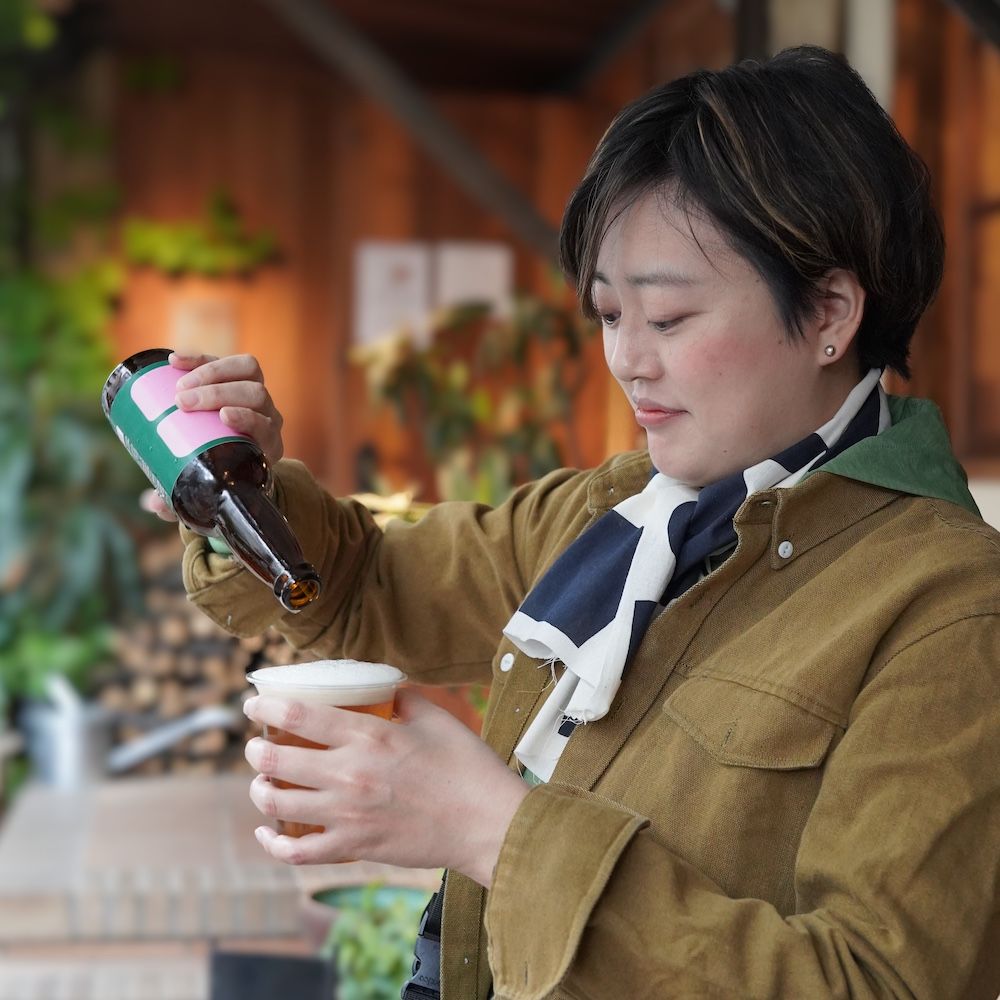こんにちは、プロデュース部の藤原です。
先月 1 月末「木質バイオマスと、おいしいご飯のつどい」をコンセプトとするプロジェクト WoodLuck が京都であり、木と火のある暮らしをめぐる 2 泊 3 日のツアーが開催されました。私たちプロデュース部が関わるプロジェクト、Googleの「イノベーション東北」をきっかけにはじまったこのイベントに、普段の仕事という枠を超えて参加しようと思ったわけ、そして参加してみて感じたことを、お伝えしたいと思います。
WoodLuckとは?
WoodLuckは、Google の「イノベーション東北」を通じて、エネルギーの地産地消を模索する岩手県陸前高田市・箱根山テラスの長谷川順一さんと、岡山県西粟倉村・あわくら温泉元湯の井筒耕平さんが出会い生まれたプロジェクトです。「地域にちょうどいいエネルギーについて、いろんな立場の人と美味しいご飯でも食べながら語り合おう!」これがWoodLuck のコンセプトであり、共感した人が各地から集まり開催されています。
今までの WoodLuck 開催地はこのような感じ。
- #1:岩手県 陸前高田市「箱根山テラス」(2015 年 11 月)
- #2:岡山県 西粟倉村「あわくら温泉元湯」(2016年1月)
- #3:新潟県 秋葉区「木質ペレット推進協議会」(2016年4月)
- #4:徳島県 神山町「WEEK 神山」(2016年7月)←藤原参加
- #5:神奈川県 三浦半島「三浦半島サヴォリマスの会」(2016年10月)
- #6:京都府 京都市「京都ペレット町家ヒノコ」(2017 年 1 月)←藤原参加
2015 年より紡がれてきたこの活動。
同じプロデュース部の上村が、開催第 1 回目と第 2 回目について語るこちらの投稿にあるとおり、毎回それぞれの場所で、木質バイオマスに取り組む人が中心となり、自分の活動拠点に人を呼んで「地域にちょうどいいエネルギー」について一緒に考えています。そこで考えを共有した人が別の場所でエネルギーのことを考えてまたつながる、広がる、そんな風に地域エネルギーの渦を育てています。
私自身はお仕事として、WoodLuck のように地域で新しいことにチャレンジするプロジェクトと、それに参加したい人をつなぐために、SNS やメルマガをつかったオンラインプロモーションを担当しています。
今回そんな私が第 4 回目と第 6 回目に参加を決めたわけは、大きく 3 つあります。
- 地域で暮らすこと、地産地消、地域循環への興味
- 第 4 回目の開催地だった徳島県神山町への興味(地方活性化のモデルケースとして注目され、おもしろい場所・人・会社が集まっているともっぱらの噂)
- 第 4 回目に参加して見えた景色から、別の地域ではまた別の気付きがあるかもしれない、という期待
2 回参加をしてみて今思うのは、率直に「参加してよかった」ということです。
それは、様々な人と現場を見て、感じたこと・次に考えていることを共有できたからこそ、地域に行くという一つのアクションがひとりで完結せず、次の可能性に広がっていくことを感じたから。
今回その過程をイベントの様子とともに、ご紹介いたします。
訪問したのは、こんなところ
WoodLuck #4 開催地は、山に囲まれ、緑豊かな徳島県神山町。
一見のどかな町ですが、その一方で外からの新しい風を受け入れ、町全体で地域循環・地域活性に取り組む活気あふれる町でもあります。
モノサスにとっても、サテライトオフィスや、Food Hub Project として食の循環プロジェクトをこの地で立上げるなど、何かと縁深い地域です。
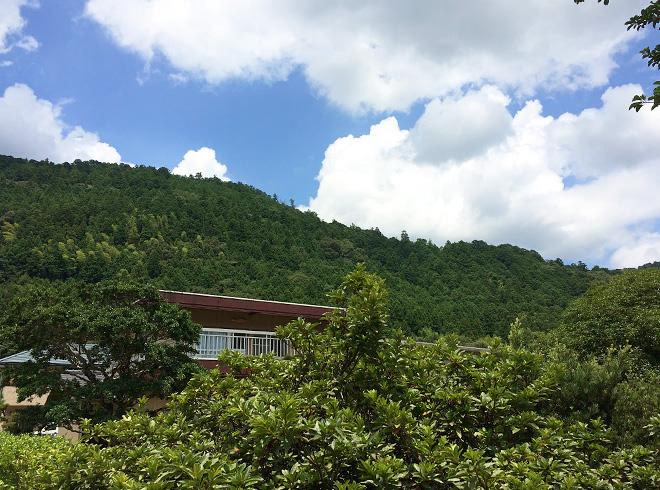
真夏の神山は濃い緑、きらきら光る川が眩しい。訪問中、丘の上では青空カフェがオープンして賑わっていました
そして WoodLuck #6 は、言わずと知れた京都。
歴史ある寺院仏閣、京の人が暮らす町家など、この町ならではの景観からにじみ出る、過去から現在へ積み重ねられた風格は流石です。
今回はそんな京都の「暮らし」と木質バイオマスを展開する「ビジネス」に近づいて、いろいろ見学させていただきました。
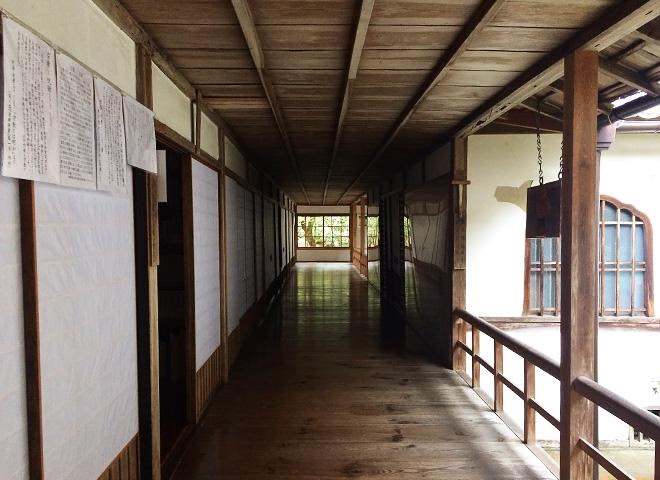
京都の哲学の道近くにある、静かで素敵な庭を持つ法然院。コミュニティの場としてひらかれたこのお寺では、お堂でコンサートが開催されるなど市民に親しまれている
地域の暮らしを、自然を、
次世代につなぐという決意
日本は世界有数の森林を持つ国ですが、その森は安価な輸入木材に押されて適切な利用がされているとは言い難い状況にあります。
木が伐採されないと起こること、それは意外にも「山の荒廃」なのです。
間伐されないまま育った人工林の密集で、山に注ぐ太陽の光が遮られ、下草が育たないため山の土壌が貧弱になり木も弱り、倒木や水害の原因になることも。
神山や京都も同じ事情を抱える中、その流れを自分たちで少しずつ変えようとしている現場を訪問しました。
1 月末の冷える京都で、ペレットストーブが、京都ペレット町家ヒノコの部屋を暖めて私たちを向かえてくれました。時折、カラカラとペレットが燃焼ポットにおちる音も愛らしくて、揺らめく炎に心も穏やかになります。
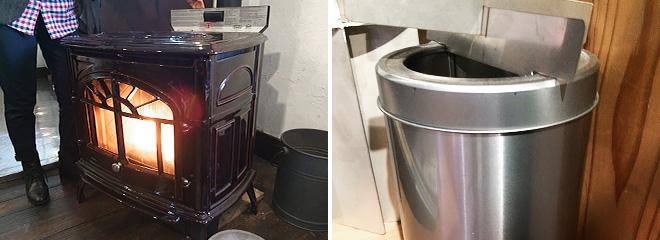
揺らめく炎が暖かいペレットストーブ。煙も少なく、住宅街に入れることも難しくない(左)
個人的に気になった、ミニペレットコンロ。これを使えばご当地エネルギーを使った山登りもできるかも?(右)
燃料となるのは、地元の森林の間伐材や、その間伐材を木材加工する過程で大量に出る「おが屑」から生まれた、薪や木質ペレットです
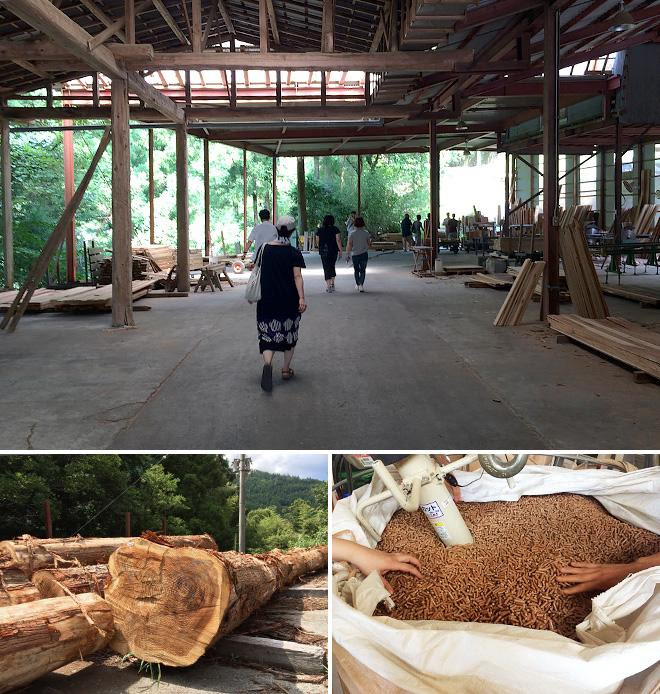
写真は神山の製材所と、同じ町で製造された木質ペレット
地元の間伐材を使って燃料をつくることで、山に光が戻り、燃料を使って出た Co2 は近くの森に還りまた木を育む。
「遠くの資源を枯渇させる」という従来の石油エネルギーの概念から離れ、近くのエネルギーを使って、資源、暮らし、人の働きも循環する、合理的で自活的なサイクルがそこにはありました。
神山では、地産地消の地方創生に取り組んでいることもあり、木質バイオマスへの関心が高いようです。移住者が増えるなか、そういった人たちが住む住宅が足りず(空き家の活用はあるけれど、もともとアパート等ないので)集合住宅をつくろう、その集合住宅で使う熱源は木質バイオマスにしよう、という計画もあるとのこと。
神山で有名な映像会社のサテライトオフィス「えんがわオフィス」でも薪ストーブが導入されていて、薪割りは社員のお仕事なんだとか。薪を使ったピザ屋さん、レストラン、他にも、エネルギーとはまた違うかたちで間伐材を使って器で豊かな森を育てようと、移住したデザイナーが立ち上げた「神山しずくプロジェクト」という取り組みも。
いろんな立場のひとが、それぞれ神山という町の姿を思い、行きついたのが、近くの資源を活用する「木質バイオマス」だったのですね。
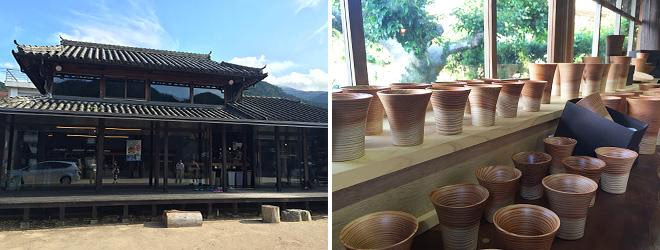
築90年の古民家を改築した映像会社のサテライトオフィス(左)
杉の間伐材でつくられる横木目が美しい器 SHIZQ には、神山の森や水を守りたいという作家の想いが(右)
京都では、寺院の森を使った森林学習の取り組みや、300年以上の歴史を持つ銘木屋さん、銘木の産地など独自の木の文化に触れる中で、自活意識の高い美山町にも訪れました。
関西電力が入る前から風力や水力発電をはじめたと言われる美山町。
住民自らが「自分たちの町をどうしたい?」と考えたビジョンのもと、炭や茅葺き屋根を残すことを選択し、自活を目指した生活が実践されています。
美しい自然のなか、地域や暮らし、再生可能エネルギーに興味をよせる参加者同士の会話もはずみ、こういった合間合間にも、たくさんのことを知る・交換することができました。
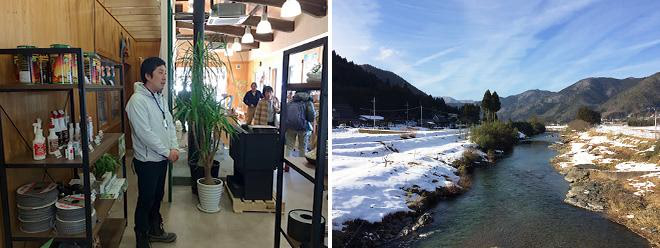
美山ウッドエンジニアの若き代表。「林業が儲からないのではない、やり方次第だ」と言い、実際に新しい販売システムを取り入れたり、林業のイメージを変える取り組みを行ったりと非常にアクティブ(左)
住民が描いたビジョンのもと守られている、美しい美山町の茅葺屋根の家や山、澄んだ川(右)
参加して、今思うこと。
エネルギーのことは、まちの姿から考える
町の活動や暮らしに触れ、参加者自身の普段の活動も共有し、いっしょにおいしいご飯を食べながら、地域にちょうどいいエネルギーを探る。
そうやって町の姿を皆さんといっしょに内から感じることで「地域にちょうどいい」という言葉が妙に腹に落ちしました。
エネルギーには「これがいい」という絶対的なものはなくて、自分たちの社会がどういう姿を目指すか、そこから落とし込んで導き出すものなんだと。
だから、どんなバイオマスが「ちょうどいい」のか、それは地域によって異なり自分たちで見つけていくしかない。「これがいい」を盲目的に信じるのではなく、まずは、まちの姿に立ち返る。自分の住む町が、社会がこういう姿だといいな、と考えたビジョンを実現させるために、エネルギーも変える必要があるならば、考えてみる。
視野が広がったのを感じました。
自分のホームグラウンドを考える
もうひとつ、思うことがあります。
京都でその町独自の文化の活用に触れることで、では、果たして自分のホームグランド、東京はどうなんだろうと興味が湧くようになりました。外に向いていた目が、自分の足元に戻ってきた感覚です。
東京の森は、どうなんだろう?東京の暮らしは、変えられるのかな?
今回出会った人たちに、いつか東京のことを話したい。そう思うようになりました。
WoodLuck 開催後、皆さんそれぞれの拠点に戻り、それぞれの活動をされていることでしょう。なかには、早速他の参加者の活動地へ視察に行っている方もいらっしゃいます。
そうやって、熱い小さな点と点のつながりが、徐々に人を巻きこみ大きな渦になる。
日本のエネルギーが、社会のかたちが、今はまだ小さなこの活動から変わるかもしれない。
その可能性をふつふつと感じて、今とてもワクワクしています。
私自身は今回のことをきかっけに、今後は東京の森を知りエネルギーのことを勉強しながら、自分の体験をとおして、林業のように難しい専門業界と思われている分野と人を緩やかにつなげられたらいいなと考えています。
社会をより心地よいかたちに変えていく...そのお手伝いをこれからもっと出来るように、日々の仕事と暮らしを意識していきたいと思います。
おまけ
最後に、次回 WoodLuck #7 の企画が発表されました !
時期は 4 月、場所は宮城県石巻市のモリウミアスです。参加された皆さん、興味津々。
さらなる詳細を楽しみにしましょう。
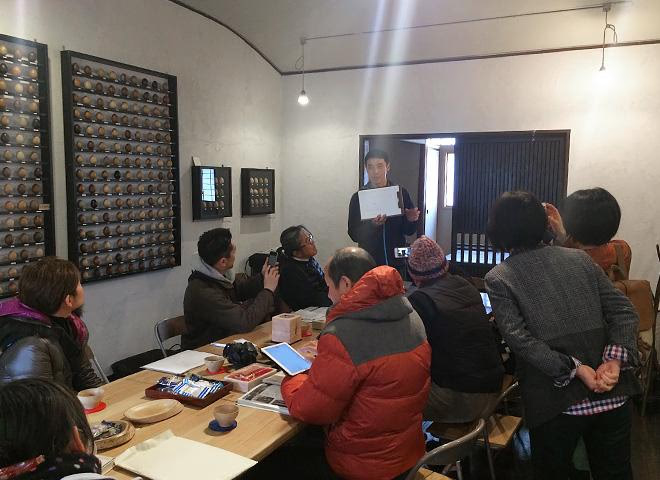
WoodLuck #7 の発表に前のめりな皆さん。次回開催が楽しみですね!
